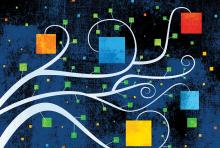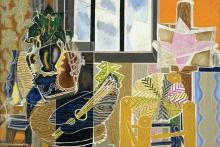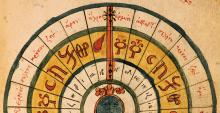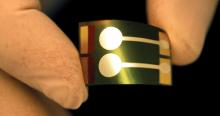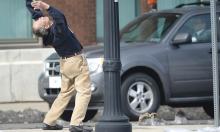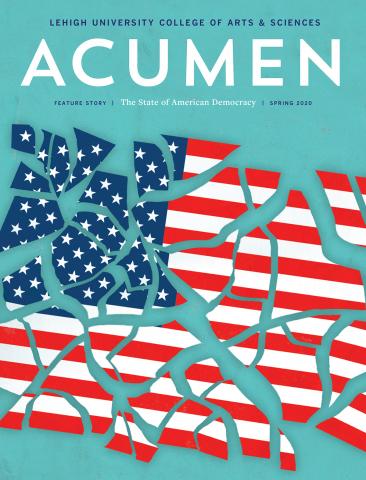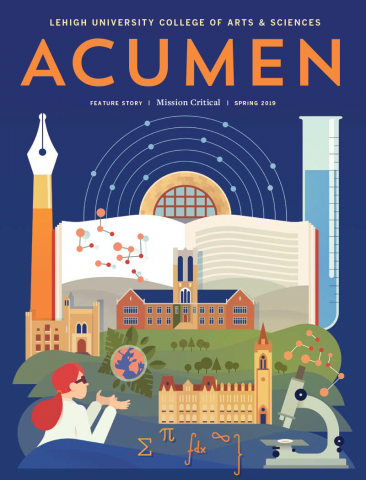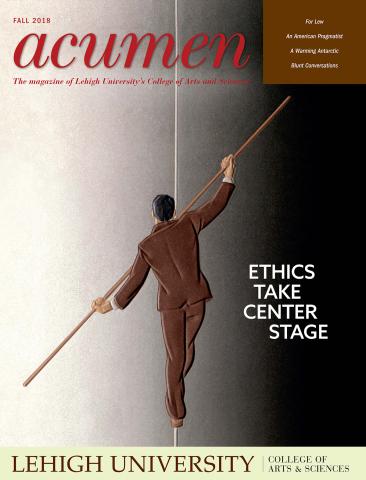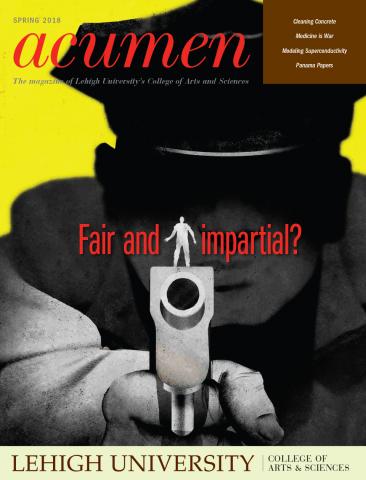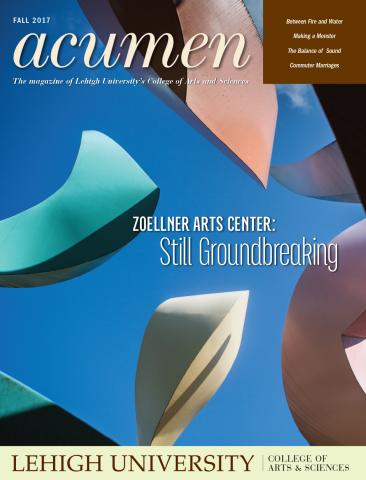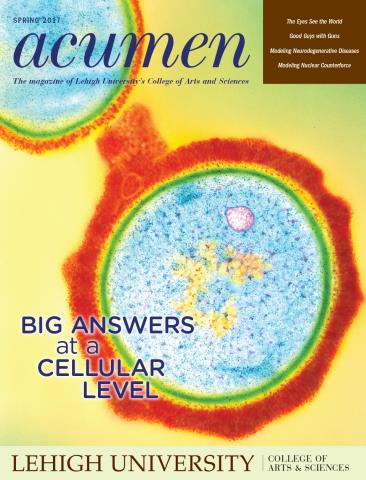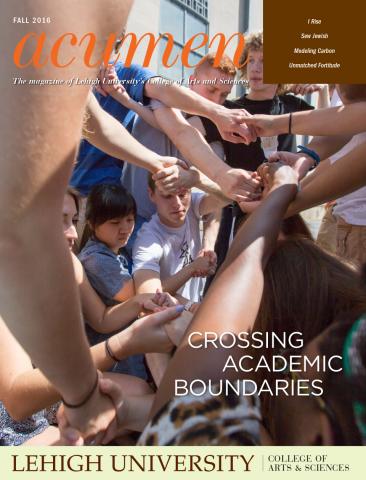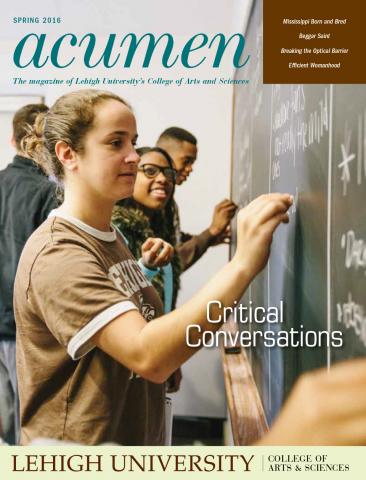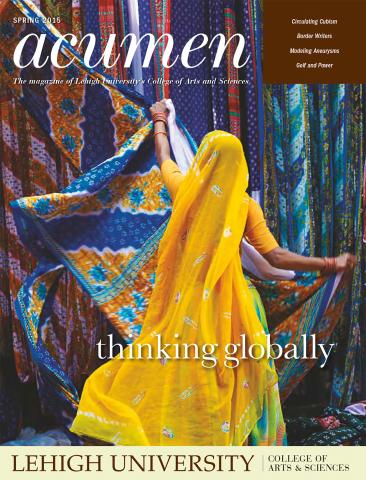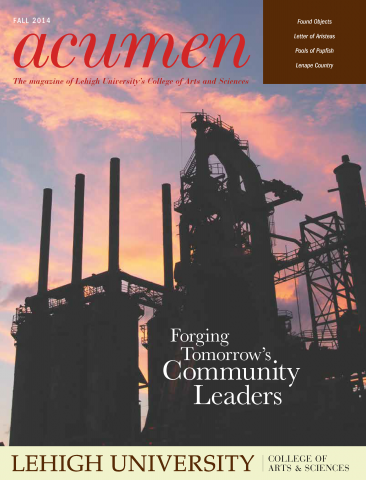
In 1913, nearly 90,000 people came to New York City to see the future of art. The Armory Show gave America its first look at what avant-garde artists in Europe were doing. More than 1,400 works were on exhibition—George Braque, Pablo Picasso, Henri Matisse, Paul Cézanne and many others. It was the biggest art show New York had ever seen, and it introduced America to cubism. Art historian Nicholas Sawicki is examining the history of this art form, which originated in Paris, and its transnational popularity across Europe and the United States.
The 20th century began as a period of incredible artistic diversity, says Sawicki, assistant professor of art history. It was a time in which artists were interested in many artistic movements, styles and practices. Sawicki is examining how cubism eventually became a common denominator for leading artists around the world and the mechanisms through which it spread. He is examining diaries and correspondence of visitors to the studios of Parisian cubists to understand the role of personal connections among artists and critics and how these newly formed networks became a vehicle for transferring artistic knowledge from one place to another.
“How did this process of transposition unfold, and how does it complicate our own widely held belief that cubism, and modernism in general, was premised above all on artistic originality?” says Sawicki. “The accepted story of modern art in many ways still prioritizes originality and uniqueness, and I’m interested in what happens when an art form like this becomes so vastly popularized and international? How does this complicate what we think about the modern?”
Sawicki, who last year published his first book on the art world in Prague at the turn of the 20th century, is also looking at how news of cubism circulated in art periodicals. He has recently been working with art history students to research and digitize an important avant-garde New York art magazine, Playboy: A Portfolio of Art and Culture. It published extensively on cubism in the years after the Armory Show and is part of the holdings of the Special Collections division of the Lehigh University library.
“It’s interesting that during this period, cubism is such an internationally widespread art form,” he says. “Today, we recognize that cubism has been tremendously influential to modern art on the whole. It is seen as a gateway art form that paves the way for abstraction and as marking a sharp break with centuries of pictorial conventions. It’s a canonical artistic movement, but until recently, we haven’t paid much attention to its international dimension.”
Cubism received extensive media coverage recently when Leonard A. Lauder pledged to give, in 2013, the Metropolitan Museum of Art his collection of 78 cubist works, the world’s foremost private collection of cubism. An exhibition of cubist paintings, collages, drawings and sculpture from the collection recently opened at the museum, and Sawicki presented a talk on his research at a symposium organized for the show.
“We think of ourselves today as a newly globalized world, but when you turn the clock back 100 years, you realize there was an extraordinary amount of cultural contact and travel around the world. With cubism, there was tremendous information transfer happening, and it happened in what was then a basically analog world, without the technologies of connectivity we now have at our disposal.”

